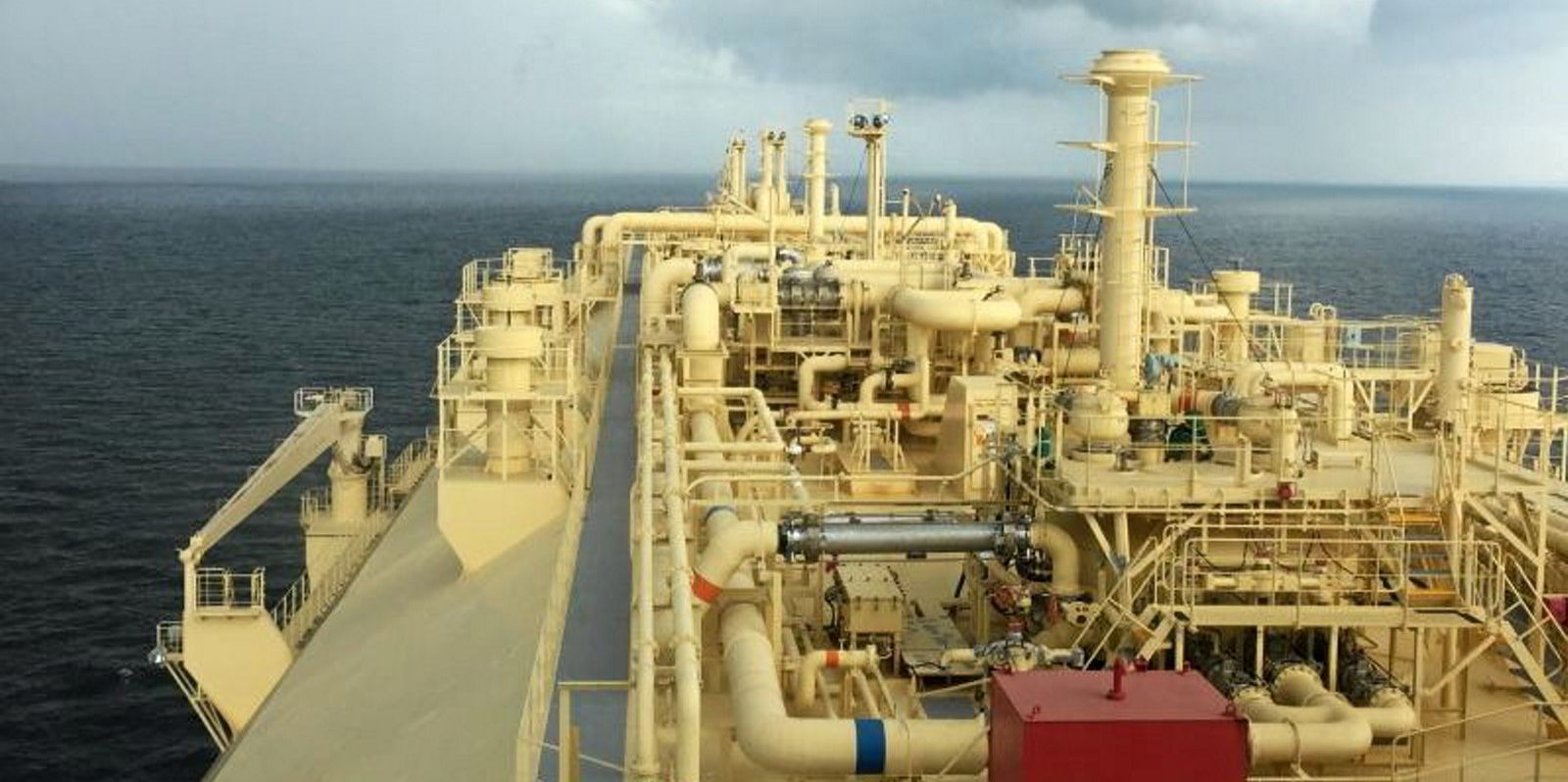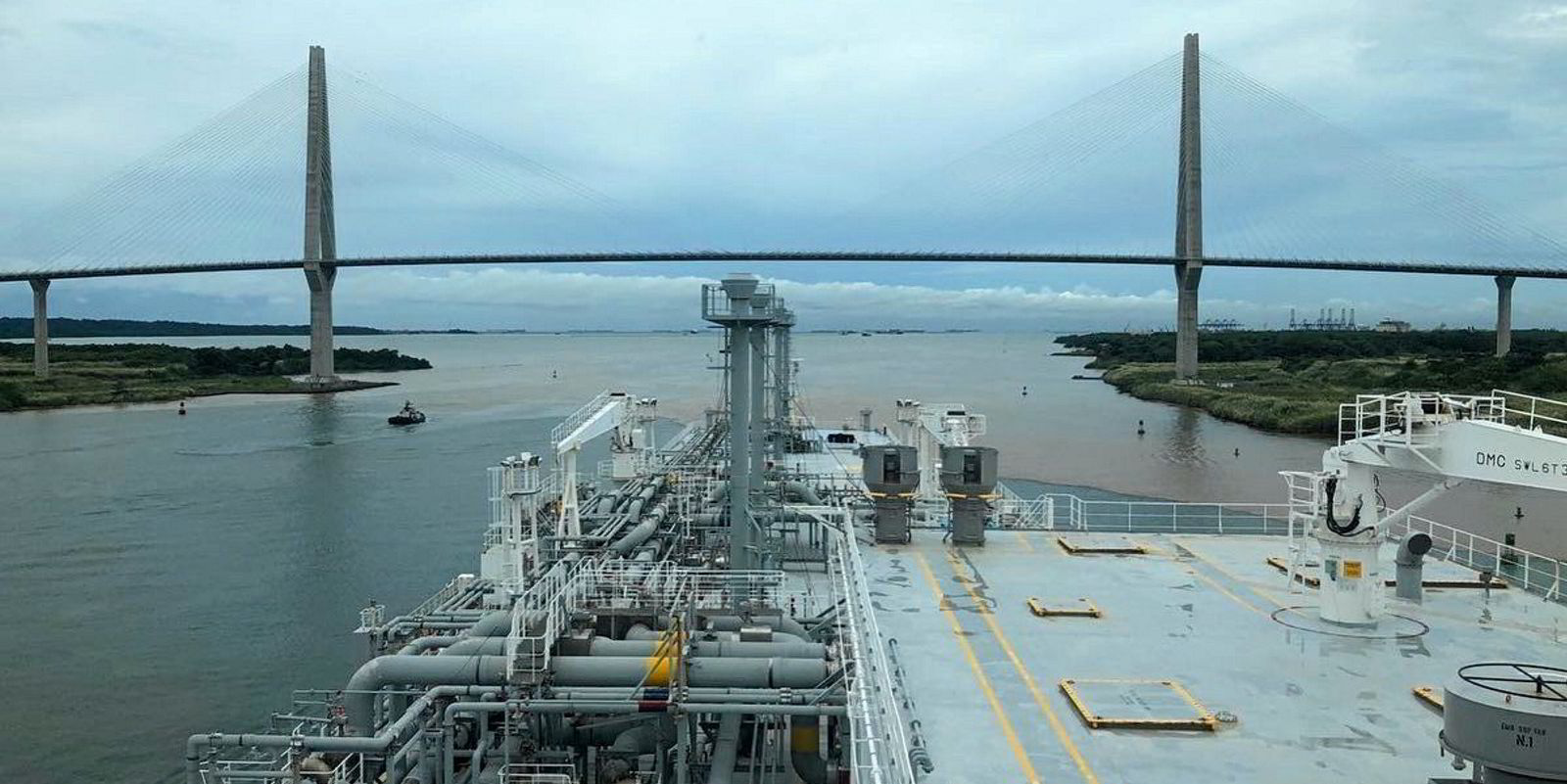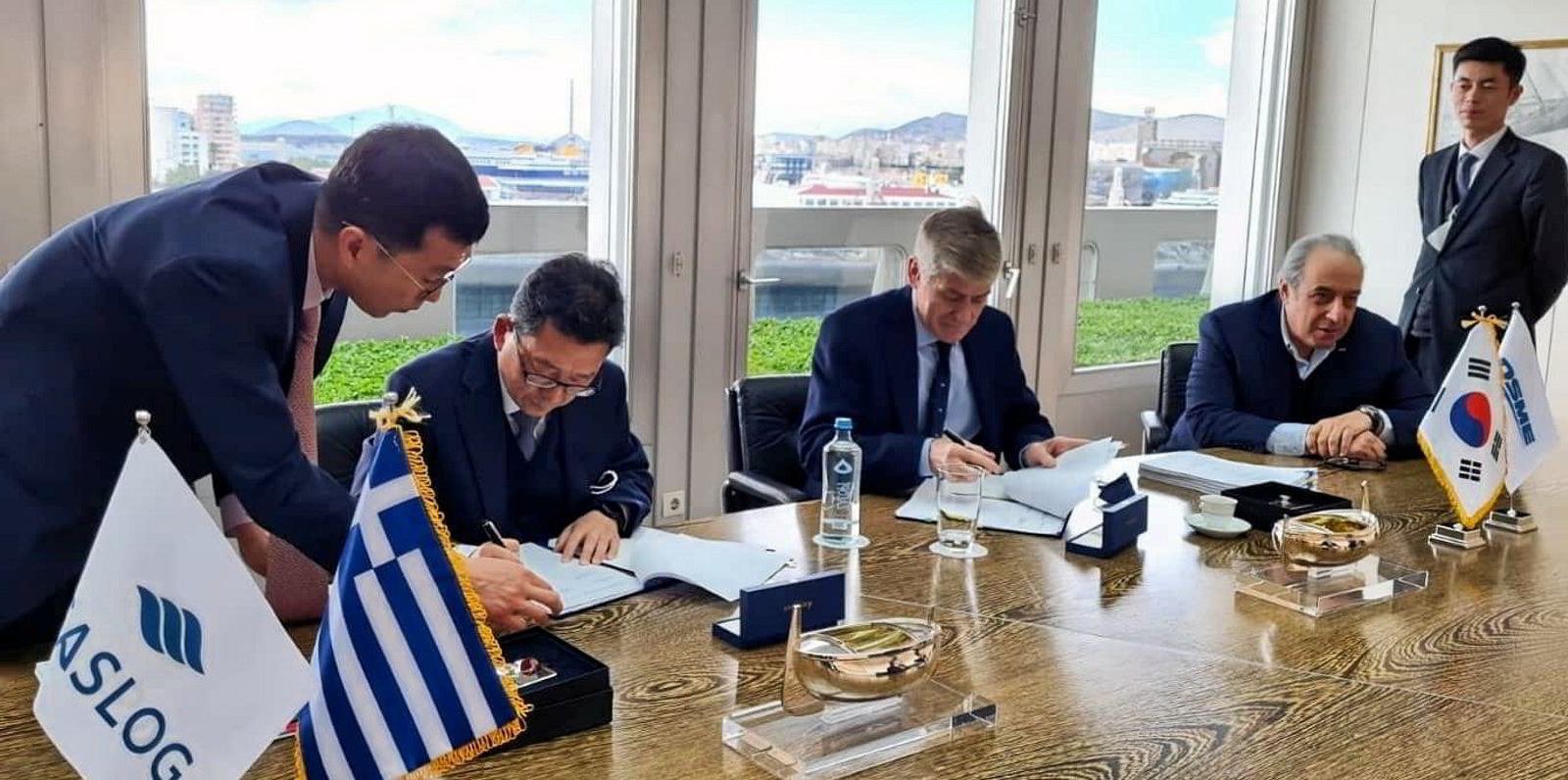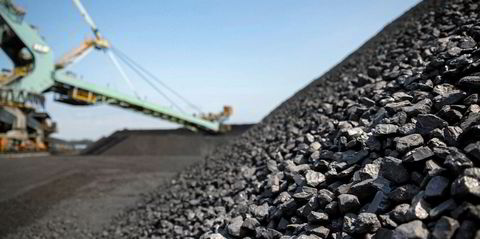Questions are rolling around the LNG shipping market as to how the year will unfold, with all eyes on the weather, gas pricing and that all-important east-west arbitrage window — but looking further out, a bullish mood prevails among owners.
Owners and operators of LNG carriers have seen a dramatic turnaround in their fortunes in the first few weeks of 2022.
Spot charter rates have dropped like a stone.
Fearnleys is quoting levels for modern two-stroke LNG carriers at $40,000 per day this week, down from sky-high numbers close to $300,000 per day in late November. Open vessel position lists have grown in the Pacific and Atlantic basins amid limited enquiry for ships in January.
But market players pointed out that this is nothing new for a first quarter, when rates traditionally show weakness.
What is new are the globally high natural gas prices. Although they have fallen from their record fourth-quarter highs, they remain at elevated levels in Asia and Europe.
Also a novelty this year is the lack of available tonnage in the hands of independent shipowners. Traders, portfolio players and projects swooped in on vessels from mid-2021, locking ships into one to two-year deals, leaving charterers now having to look to relets from these players for tonnage.
Not that there has been much spot action to speak of, with Affinity LNG reporting just one fixture concluded last week.
In contrast, the time charter market continues to ride high on enquiry and rates, with two-stroke vessels quoted at between $85,000 and $115,000 per day for one-year period hire.
Tonne-mile thinking

Against this backdrop, market commentators on LNG shipping demand are focused on the likely additions to LNG supply in 2022. Opinions vary, with the consensus appearing to hover around 20m tonnes.
Flex LNG chief executive Oystein Kalleklev told TradeWinds: "For 2022, we estimate LNG exports to grow by 20m to 25m tonnes in line with 2021. [The Energy Information Administration] estimates US LNG exports will be up by 17% compared to 2021; this would translate to 12m tonnes, which is good for tonne mileage in the freight market."
But Kalleklev and others highlighted the higher-than-usual unplanned outages from LNG plants that held down supply in 2021.
He estimated that today these are costing the industry $20bn to $25bn in lost annual revenue — an opportunity cost he describes as "staggering", given the current high gas prices.
On the demand side, Europe has upset the balance, pulling an armada of shipments into the Atlantic as it attempts to restock.
In its recent report, shipbroker Fearnleys said that while in theory this should have shortened the tonne-mile balance distances, they were also supported in December as Asia-bound vessels made diversions back to Europe, lengthening voyage times.
One LNG carrier loaded with a US cargo — the Trafigura-chartered 174,042-cbm Hellas Diana (built 2021) — was re-routed back through the Panama Canal to the UK after making a mid-Pacific turnaround.

Market watchers said warmer-than-expected weather, strong gas prices and the build-up to Chinese New Year holidays are dampening Asian demand for LNG.
In an industry first, Chinese LNG buyers have just tendered to sell some of their contracted imports over the period to November, which could see less product moving east over longer distances this year.
But, ultimately, observers expect Asian demand to remain firm in 2022 and shift cargoes east again.
Simpson Spence Young head of LNG Toby Dunipace said LNG pricing is still very high, and a return to normal arbitrage could have "a very quick and positive impact on the spot market".
"If tonne miles increase, then charterers will keep their freight in hand, as opposed to reletting, in order to make positive returns on cargoes, and in that event spot tonnage lists will diminish quickly," he said.
A slowdown in newbuilding deliveries is also buoying sentiment, with 24 to 25 conventional-sized newbuildings scheduled for handover this year.
"This number is the lowest since 2014, when only 16 ships delivered," Dunipace said. "So without a significant amount of new tonnage coming online, and with a high gas price environment, the fundamentals are still strong for LNG shipping for 2022."








